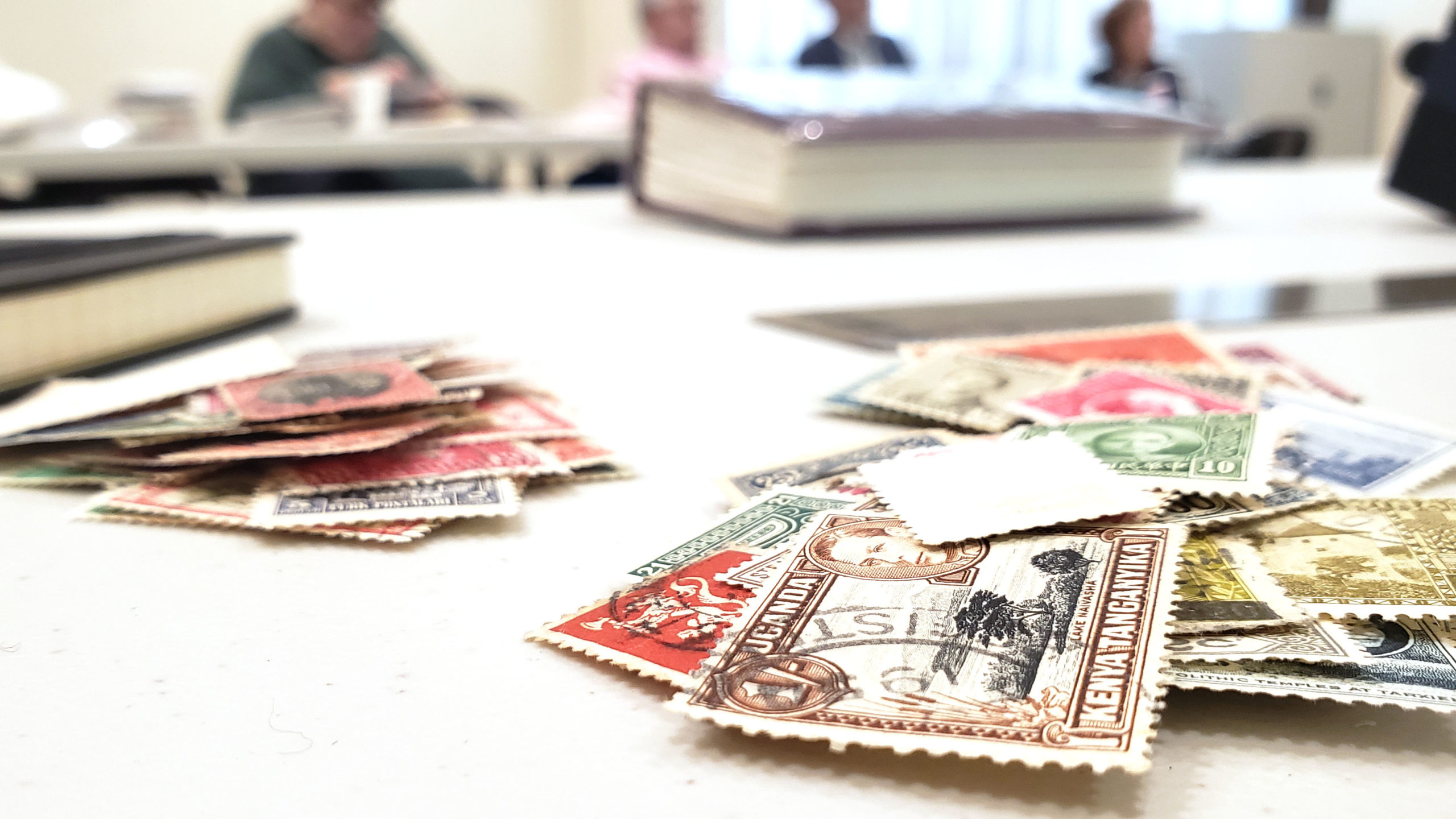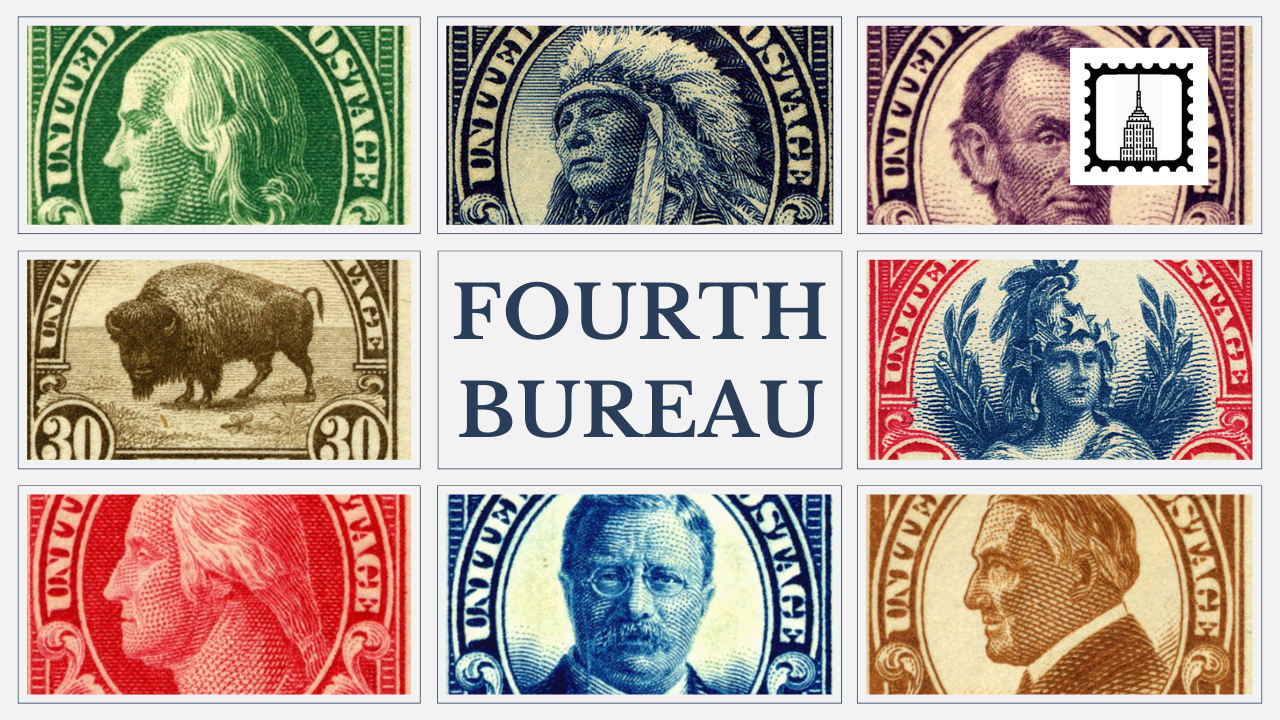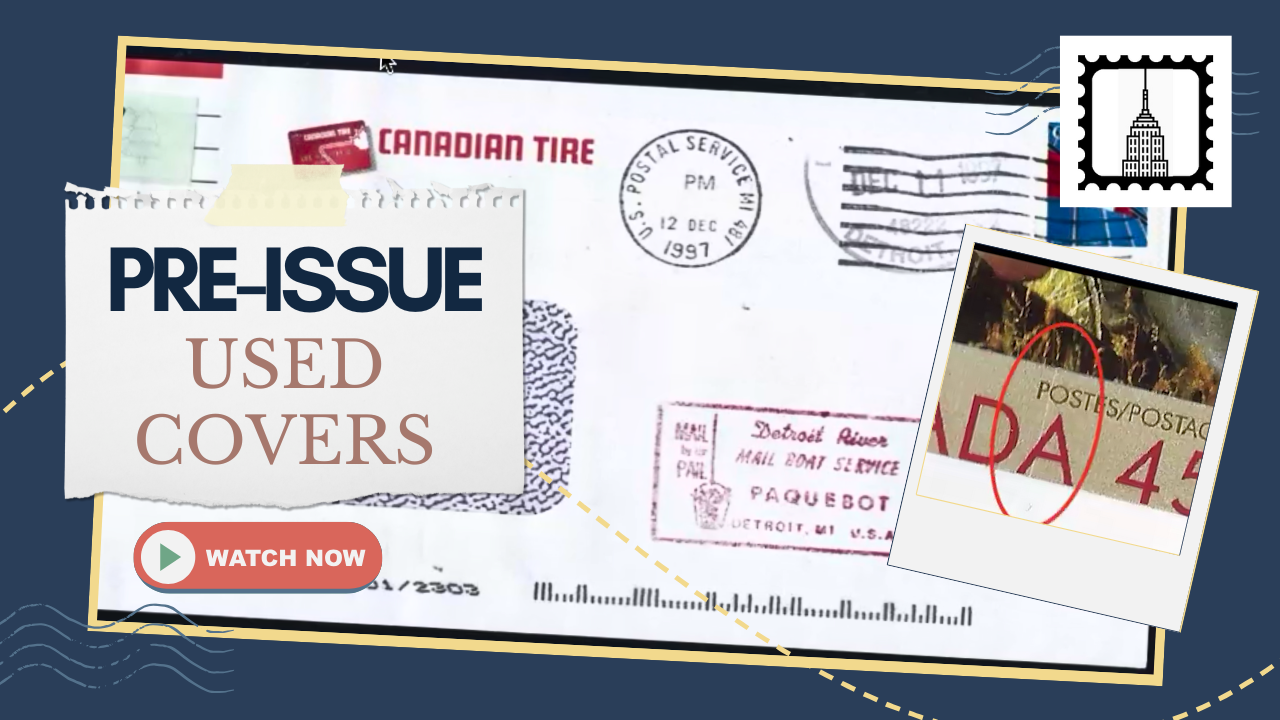In a humorous and imaginative presentation, Edward Grabowski introduces us to the world of “fraudulent fraud covers” — a tongue-in-cheek exploration of AI philately. This playful approach combines historical figures, postal oddities, and the creative potential of artificial intelligence, all while emphasizing that these covers are entirely fictional. Grabowski’s satirical presentation takes us through a series of AI-generated covers that humorously imitate historical connections, illustrating the fun side of AI philately and the oddities it can create.
Let’s dive into this whimsical world and explore what happens when AI meets philately!
The Birth of “Fraudulent Fraud Covers”
The concept for this playful project began during a discussion on the possibilities of AI philately. Grabowski, a longtime collector of philately and international mail fraud items, wondered how AI might be used to create intriguing, albeit fictional, philatelic artifacts. The result was a collection of “fraudulent fraud covers” — a satirical take on how AI philately could combine historical figures, imaginative stories, and postal oddities.
These covers, entirely the product of AI’s creative algorithms and Grabowski’s humor, represent a fun experiment in using technology to explore the outer reaches of AI philately.
The Rarest Fraud Cover: Benjamin Franklin Writes to Dr. Franz Mesmer
The first fictional cover in Grabowski’s collection is an imagined postal exchange between Benjamin Franklin and Dr. Franz Mesmer, the 18th-century pioneer of magnetic medicine. In this satirical piece of AI philately, Franklin writes to Mesmer regarding his fraudulent medical practices. The fictional cover includes a special free frank, supposedly granted to Franklin by the French king but humorously ignored by the Paris post office, leading to additional charges.
This whimsical creation is a prime example of how AI philately can generate historical connections that never existed, combining real figures like Franklin with entirely fictional postal artifacts.
Teddy Roosevelt Joins the Success Club?
In another piece of AI philately, Grabowski envisions President Theodore Roosevelt secretly corresponding with Annie Del Segno, wife of a dubious self-help guru who sold “success waves” for $10 a year. Roosevelt, wanting to keep his participation private, sends letters to the Success Club without using his presidential free frank, instead opting for the regular $0.02 domestic rate.
According to this satirical narrative, Roosevelt ultimately joins the Success Club, paying the membership fee via a registered letter. This imaginary scenario, created through AI philately, merges real historical personalities with completely fictional events in a delightful and absurd way.
The Franklin Anticipatory Stamp: A Postal Employee’s Daring Theft
In one of the most imaginative leaps in Grabowski’s presentation, we see an example of AI philately at its finest: the “anticipatory cover.” In this fictional account, the U.S. Post Office, in 1914, supposedly envisioned what stamps would look like in 1954. The cover features a futuristic Franklin Roosevelt stamp, stolen by a rogue postal employee and illegally used to mail letters.
This fictional cover illustrates how AI philately can create playful, futuristic what-if scenarios, blending history and technology into a single satirical narrative.
Satire in the Era of AI Philately
Although the covers presented by Grabowski are entirely fictional and generated using AI, they serve as a lighthearted reflection on the intersection of technology and philately. The presentation isn’t about deceiving collectors but rather about having fun with the concept of AI philately and exploring its potential for creative storytelling.
By combining real historical figures with absurd postal scenarios, Grabowski demonstrates that AI philately can be just as humorous as it is imaginative, blending history, humor, and technology in a way that keeps the audience both entertained and intrigued.
A Satirical Look at the Future of AI Philately
Grabowski’s presentation of “fraudulent fraud covers” gives us a playful glimpse into what AI philately might look like in the future. As technology continues to evolve, so do the possibilities for creating imaginative philatelic items that blend historical fact with creative fiction. In this case, Grabowski’s covers are a reminder that AI philately can serve not only as a tool for collectors but also as a source of fun and satire.
In the end, the covers are purely fictional creations born out of an experiment with AI. They represent the potential of AI philately to create, inspire, and amuse, all while keeping the spirit of philatelic storytelling alive.






